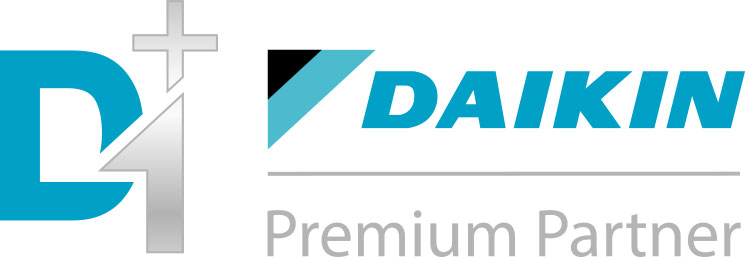Come see some of the most common questions we receive about heat pump and air conditioning systems.
Heat Pump Frequently Asked Questions
Are heat pump systems only suitable for new build projects?
No, heat pumps can be installed into existing properties replacing gas/oil fired boilers or direct electric heaters (I.e. Storage heaters).
Often we see that the 'retrofitted' heat pump systems offer the greatest energy savings to inefficient buildings.
With all 'retrofit' installations extra emphasis is placed on system design to ensure the equipment is suitable and work efficiently. Thorough room by room heat loss calculations are undertaken, including full appraisal of existing central heating systems.
Is it possible to produce domestic hot water or are heat pumps for space heating only?
Yes. Heat pumps can provide hot water to all properties.
The air source heat pump 'pre-heats' the hot water upto 55degC, there after an integrated immersion heater (within the cylinder) boosts stored water temperatures to 58-60degC.
In compliance with current water regulations, the system controller has a feature where the stored water temperature is lifted above 60degC, once a week, to legionella/disinfection purposes.
Do I need a new hot water tank?
Not always, it depends on which heat pump is being installed and the condition of your existing equipment.
High temperature heat pumps, which provide similar heat output to a conventional fuel boiler, can be connected to existing hot water cylinders.
Low temperature heat pumps (With lower water temperatures) require a specialist cylinder with a larger heating coil to provide a energy efficient heat transfer to the stored water. Plus they need a integrated immersion heat (Controlled by the heat pump) for disinfection.
Is it possible to connect radiators to a heat pump?
Yes...heat pumps can be connected to radiators.
Griffiths take special care when connecting heat pumps to existing radiators. A full property heat loss calculation is undertaken, and a appraisal of what the heat output of the existing radiators would be when connected to a heat pump.
Radiator upgrades are often needed when connecting a low temperature heat pump to an existing property. However, from experience we have found that old radiators (Sized for a 70degC flow temperature) are oversized for properties after other home improvements are made (Cavity wall insulation or double glazing) and can sufficient heat from the lower flow temperature of a heat pump.
Is it possible to combine radiators and underfloor heating in the same system?
Yes. This is the most common specification of central heating system in new build properties.
The water temperature is adjusted to provide suffienct heat output from the radiators, with a 'mixing/blending' valve reducing water temperature in the underfloor heating circuits.
Can I use separate room thermostats or smart controllers?
Yes. All the heat pump systems have the ability to be controlled via third party thermostats.
The system will modulate its heat output (weather compensated) once it has received a heating demand signal.
Griffiths always discuss the 'Pro's & Con's' of using 'Smart' controllers with our specified systems.

 ,
, 